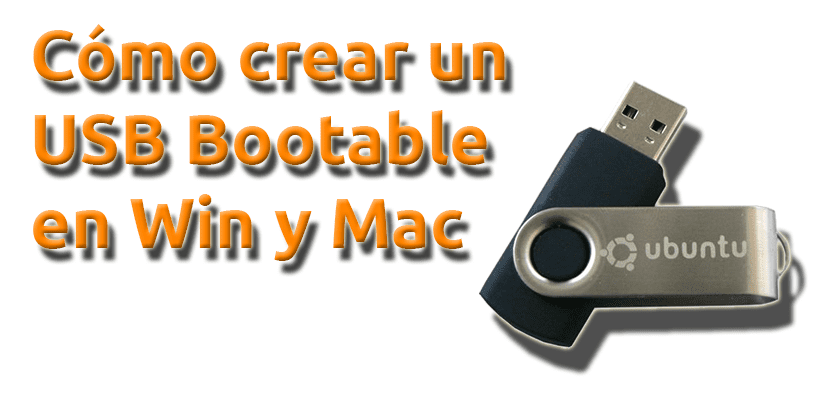
- Create a bootable, persistent ubuntu usb stick for mac install#
- Create a bootable, persistent ubuntu usb stick for mac windows 10#
- Create a bootable, persistent ubuntu usb stick for mac Pc#
Step 3: format USB stick for Windows boot If you’re burning a Linux ISO, skip this and go to the Creating Linux bootable USB section below, it has its own steps. IMPORTANT: these steps are only needed for Windows ISOs. Sure enough, it’s mounted as /Volumes/NONAME! Creating Windows bootable USB
Create a bootable, persistent ubuntu usb stick for mac Pc#
This time I can see there’s a disk9 showing up, with 64GB of size which matches my USB stick size: :/ $ diskutil listĬhances are, your USB stick has a PC standard FAT16/FAT32 filesytem, and will be mounted automatically. :/ $ diskutil listĢ: Apple_APFS Container disk1 500.0 GB disk0s2Ġ: APFS Container Scheme - +500.0 GB disk1ġ: APFS Volume Macintosh HD 466.2 GB disk1s1Ģ: Apple_APFS Container disk3 29.8 GB disk2s2Ġ: APFS Container Scheme - +29.8 GB disk3Ġ: Apple_partition_scheme +173.1 MB disk4ġ: Apple_APFS Container disk6 80.0 MB disk5s1Ġ: APFS Container Scheme - +80.0 MB disk6ġ: APFS Volume Raven-Core 70.1 MB disk6s1ġ: Apple_HFS F-Secure XFENCE 18.1 MB disk7s1Ģ: Apple_HFS Backups 3.0 TB disk8s2 Step 2: Insert USB stick an re-run diskutil list This is simply so that you can run the same command again after inserting USB and easily spot the USB device. Use the diskutil command to list all disks and partitions on your Mac. Step 1: Confirm partitions before inserting USB

Create a bootable, persistent ubuntu usb stick for mac windows 10#
Windows 10 is a very specific bootable media, so the process is a bit involved. All of these need to be done in the Terminal app. Here are the steps I had to take on my MacBook, originally procedure was written in macOS High Sierra, but I tested it in MacOS Mojave 10.14.2 as well. This approach will be simpler for any other ISO image like Ubuntu or CentOS, so there’s a separate Steps 3-5 for them at the end of the post.
Create a bootable, persistent ubuntu usb stick for mac install#
Since it’s possible to boot and install Windows 10 from USB, that’s what I decided to do: download Window 10 ISO and burn it one of the USB sticks I have. The computer I use is a MacBook Air (11 Inch, Mid 2012), macOSMojave 10.14.6.I needed to reinstall one of my Windows PCs at home recently, and realised that I only have Windows 7 DVDs, but no Windows 10s.

My USB Stick has the size of 32 Gb in case it's relevant. The program just got stuck and looked also quit different than on the video (it's 5 years old, that might be why).

Where I got stuck on the mac Linux USB Loader writing the iso file on the USB Stick. I got this in the terminal and couldn't proceed.įdisk: cannot open /dev/loop0: Permission deniedįdisk: cannot open /dev/sda: Permission deniedįdisk: cannot open /dev/sdb: Permission denied In terminal, type fdisk /dev/sdb (use YOUR correct path here) Until the balenaEtcher part, but it is not persistent because as soon as I restart ubunto all changes are gone. How can I create a persistent live USB Stick for xubuntu 20.4 on a mac?


 0 kommentar(er)
0 kommentar(er)
